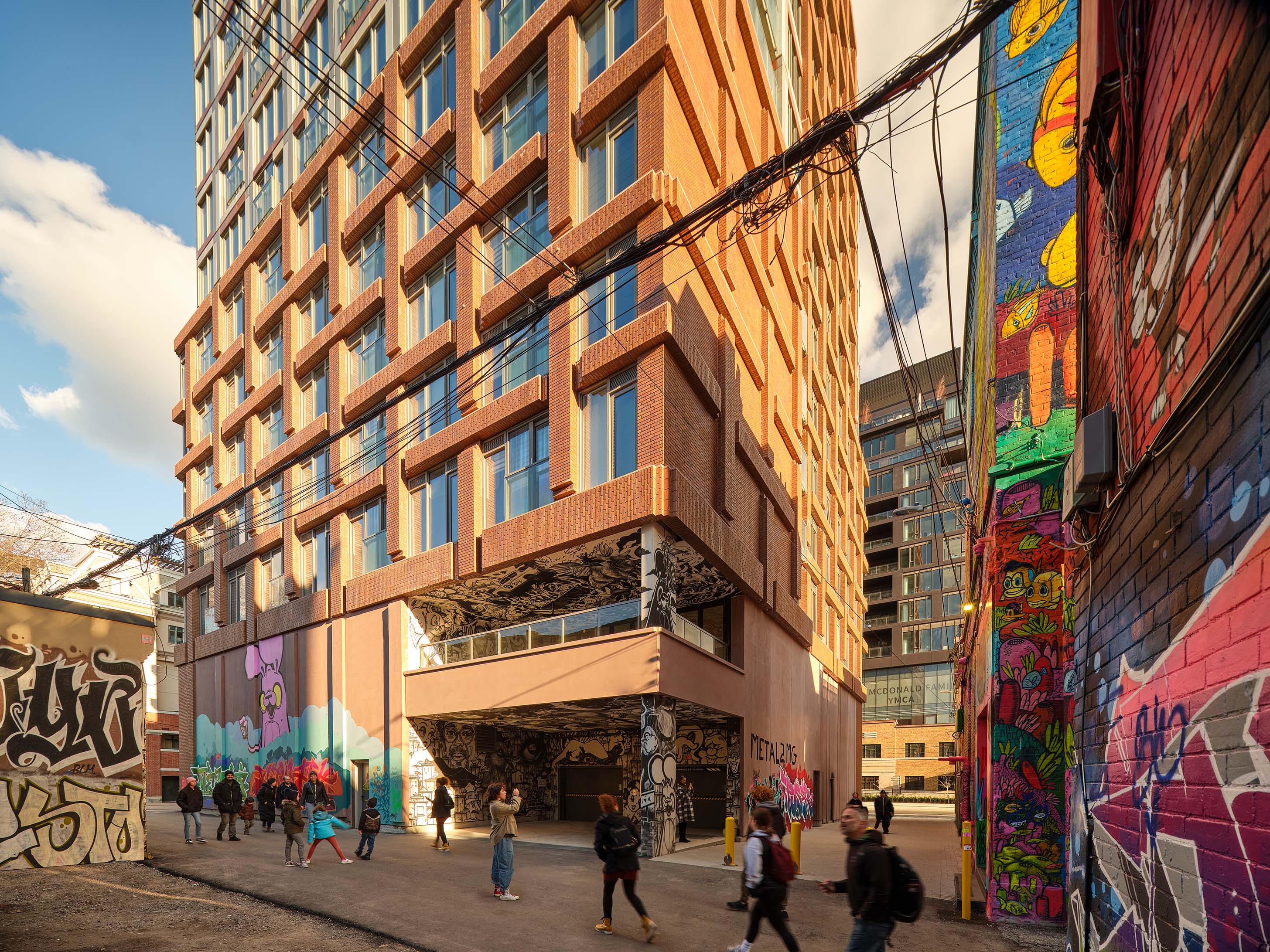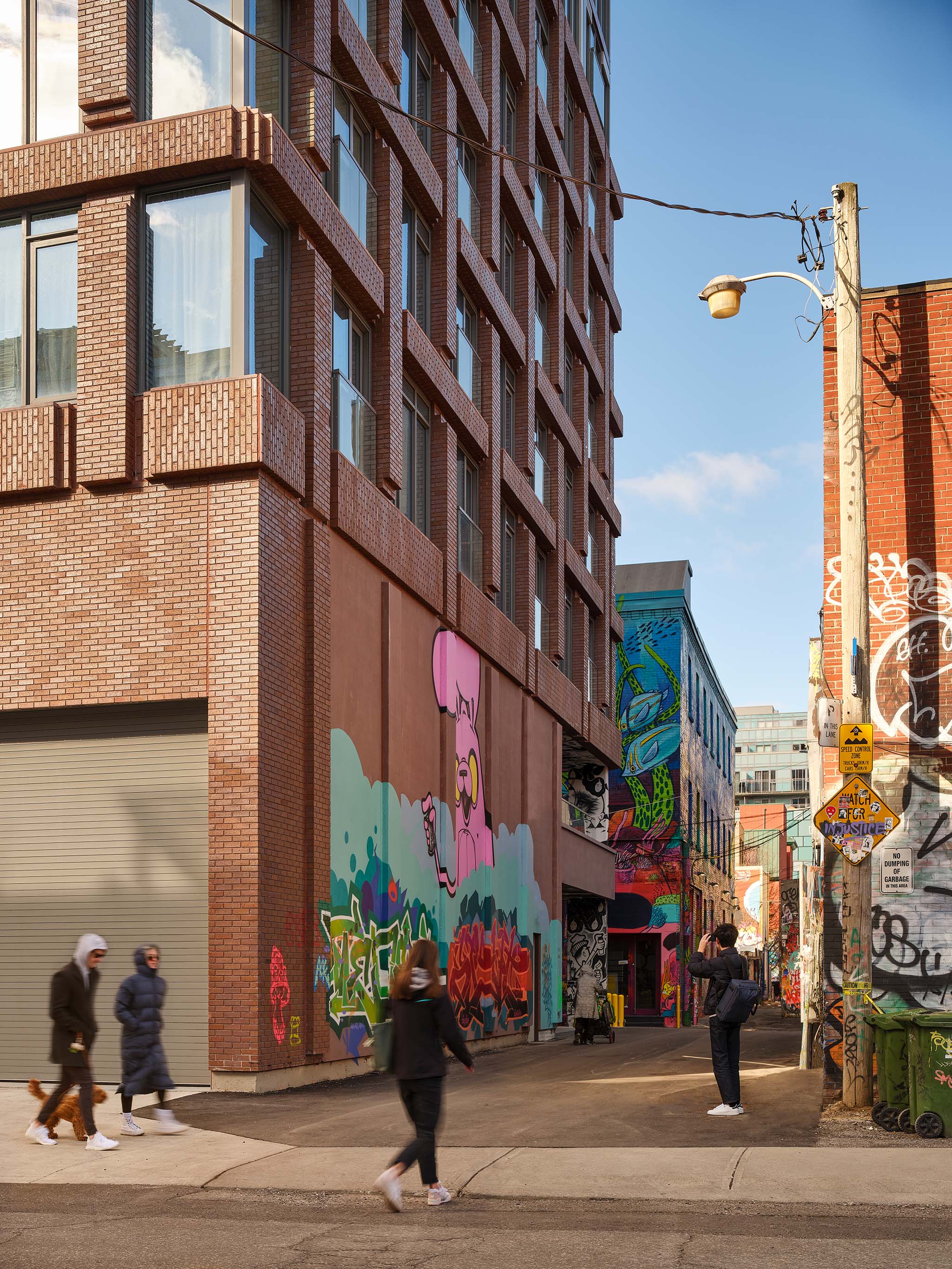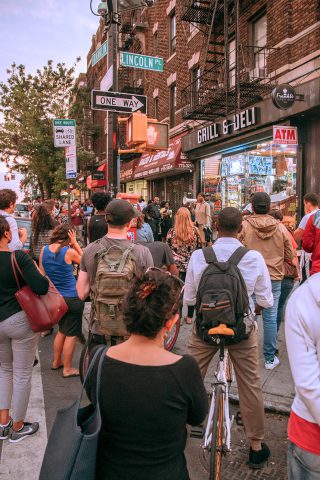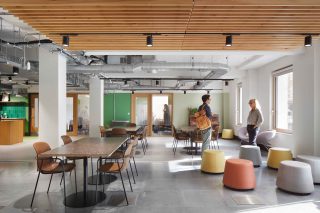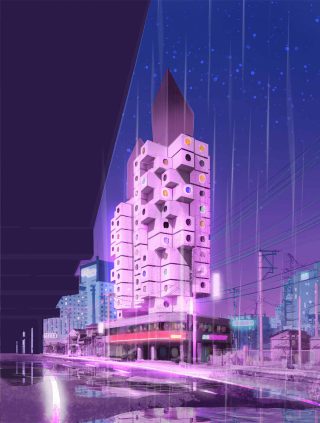← Archive home
Architect, Garry Wilding, explains why the intersection of space, art and culture is crucial in shaping the future of mixed-use developments.
The intersection of space, art and culture is crucial in shaping the future of mixed-use developments. It is not merely a convergence of elements, but a transformative journey that redefines our urban landscapes, influences economic vitality, and fosters social cohesion.
Culture already plays a pivotal role in our choices, influencing where we choose to reside, where businesses thrive, and where tourists flock. Successful mixed-use developments in the coming years will be those that harness the power of culture to unlock their true potential, enabling them to compete on both local and global levels while stimulating fresh waves of economic activity.
Successful mixed-use developments create something remarkable, blending diverse typologies seamlessly to form a dynamic and fresh experience while also increasing commercial viability for development partners. Similarly, the opportunity for businesses to thrive in these spaces, whether retail or office, is vital. It is clear that well programmed, well curated, inclusive art can bring the workforce back to offices, encourage people into civic centres, generate tangible retail returns for brands and improve ESG and ROI results.
Beyond economic considerations, art and culture serve as profound vehicles for community engagement and social value creation. They can transcend boundaries, unite diverse communities, and celebrate local heritage, ultimately elevating the quality of our built environment. The thoughtful integration of art and cultural elements into the fabric of our developments can make a remarkable contribution to the identity and vibrancy of our cities and neighbourhoods.
So as we design and develop more mixed use places and as our towns and cities evolve, art can help to carve out a distinctive identity, or it can provide an inspirational focus for a new workspace, retail centre or fledgling neighbourhood.
Art can also bring people from different communities together by starting conversations and engaging local residents in their surroundings. From wayfinding, placemaking, increasing footfall, improving connectivity or simply acknowledging an area’s unique history, it can very often involve local people in the creative process. We take the time to listen and learn what people and communities like, often sharing mutual passions, concerns and aspirations in the process of curating good art and culture.
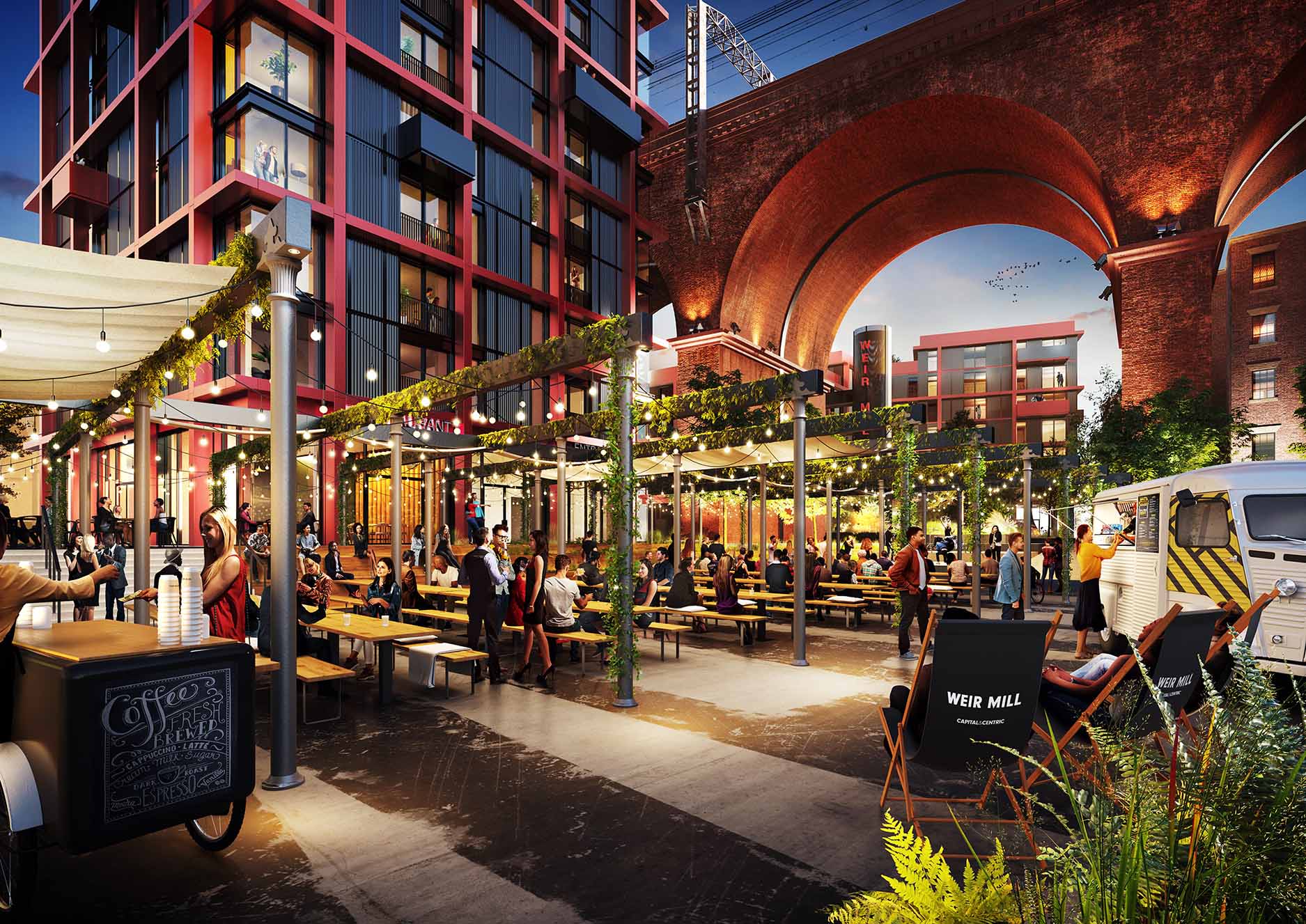
There are multiple examples of the influence of public art across the UK. At Bankside in London, the Tate and the Globe Theatre routinely display art for residents and tourists alike. Works of photography and illustration, textile and graphic design, sound and light-based projections, street art, theatrical performances and installations delight and mesmerise people, creating a desire to linger or return. At City Island where the English National Ballet HQ is part of a rich and diverse cultural scene, film, dance, and modern art are brought together in an historic Docklands location.
“We take the time to listen and learn what people and communities like and we often share mutual passions, aspirations and anxieties in the process of curating good art and culture.”


Following the relocation of Stevenage bus services, the former bus station site was vacant and would remain so until the next phase of the wider regeneration of the town. The council was looking to deliver an early intervention to activate this space to create a dynamic public space to host community events and provide public realm improvements that will preserve and enhance the character and heritage of the area.
Event Island is a multifunctional event space with biodiverse planting, play equipment, flexible seating areas with canopies and a performance stage. Stevenage has a vibrant arts & culture scene, which is celebrated here. Overlooked by some of the listed artworks in the Town Square – including the iconic Clock Tower – it offers a platform to showcase all of the talent in the town, in an urban setting.
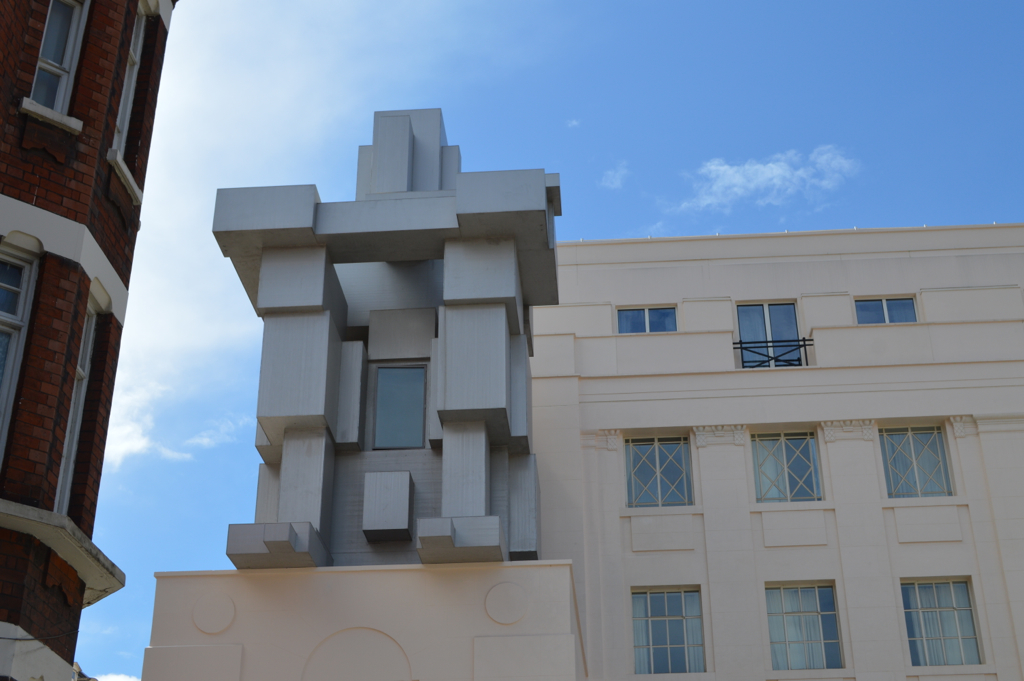
Credit: Matt Brown CC-BY-2.0
In 2007, Grosvenor published Jan Gehl’s ‘Places for People – a public realm strategy for Mayfair & Belgravia’. Fundamental to making the estate more attractive as a place in which to live, work or visit is increasing the appeal of its public space by reducing traffic, improving streetscape and increasing greenery.
Public art is key to this aspiration. For nearly 15 years, we have been a principal partner in achieving this ambition, either through designing art as part of our landscape proposals, collaborating with the artist as with ‘Silence’ by Tadao Ando in Carlos Place, or by providing a setting for public art on buildings alongside public realm improvements as with ‘Room’ by Sir Anthony Gormley in Brown Hart Gardens.


In Bracknell, we worked with a local artist to create an array of unique, nature-inspired art that can be seen throughout The Lexicon shopping centre. Kerry Lemon spent six months researching Bracknell’s landscapes to develop truly bespoke pieces in numerous locations. She discovered that there are two types of soil in Bracknell, clay in the north and a more acidic soil in the south. Using the High Street as a virtual soil divide, she chose 36 plants that grow in the region to reflect the different areas of the borough. Drawings of these plants were first turned into wooden templates and then brass, to be inlaid into dark granite paving slabs, creating a beautiful, floral nature trail.
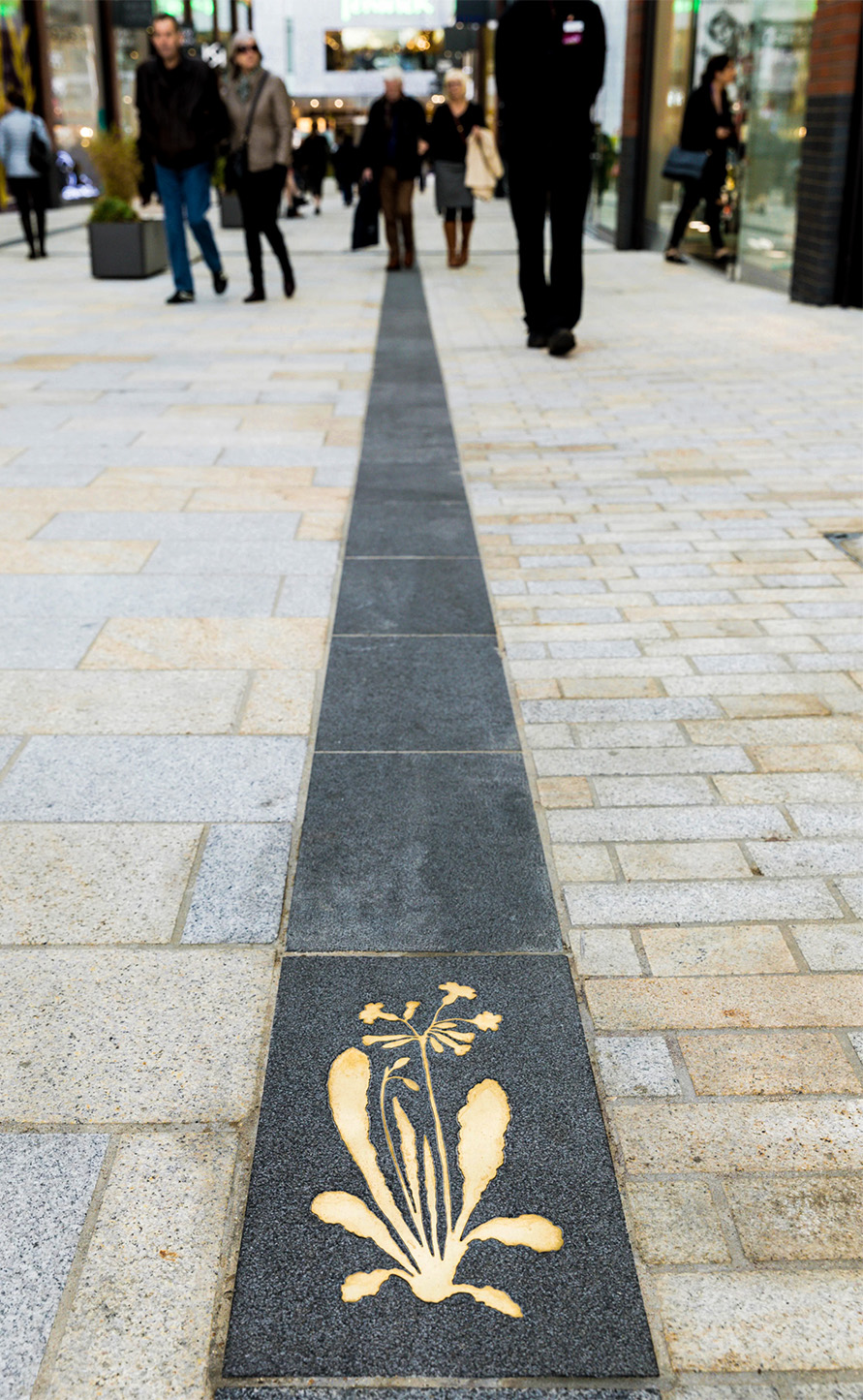
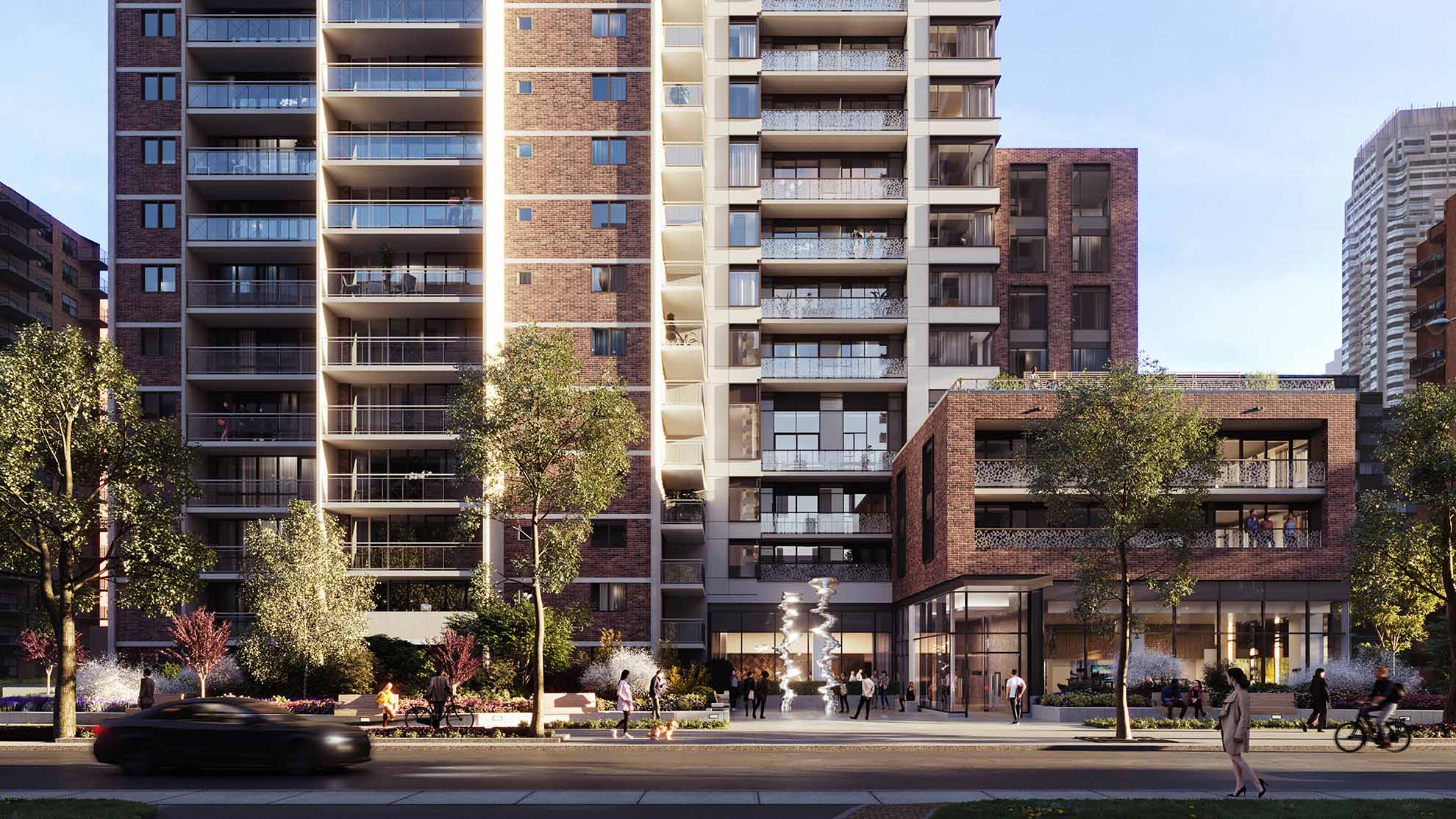
Further afield in Toronto, public art plays its part reflecting the multicultural character of the famous high-rise city. Revered sculptor, Tony Cragg has unveiled a new sculpture set in the public realm of our new project at The Hampton. The introduction of controlled graffiti at ‘Rush’ on Rush Lane embraces the nearby, famed ‘graffiti alley’. Black-and-white animated walls, created by Montreal-based art collective, ‘En Masse’, are combined with natural stone, custom statement lighting, and black fashion-forward accents for an edgy, contemporary, high-contrast entrance to the development.
